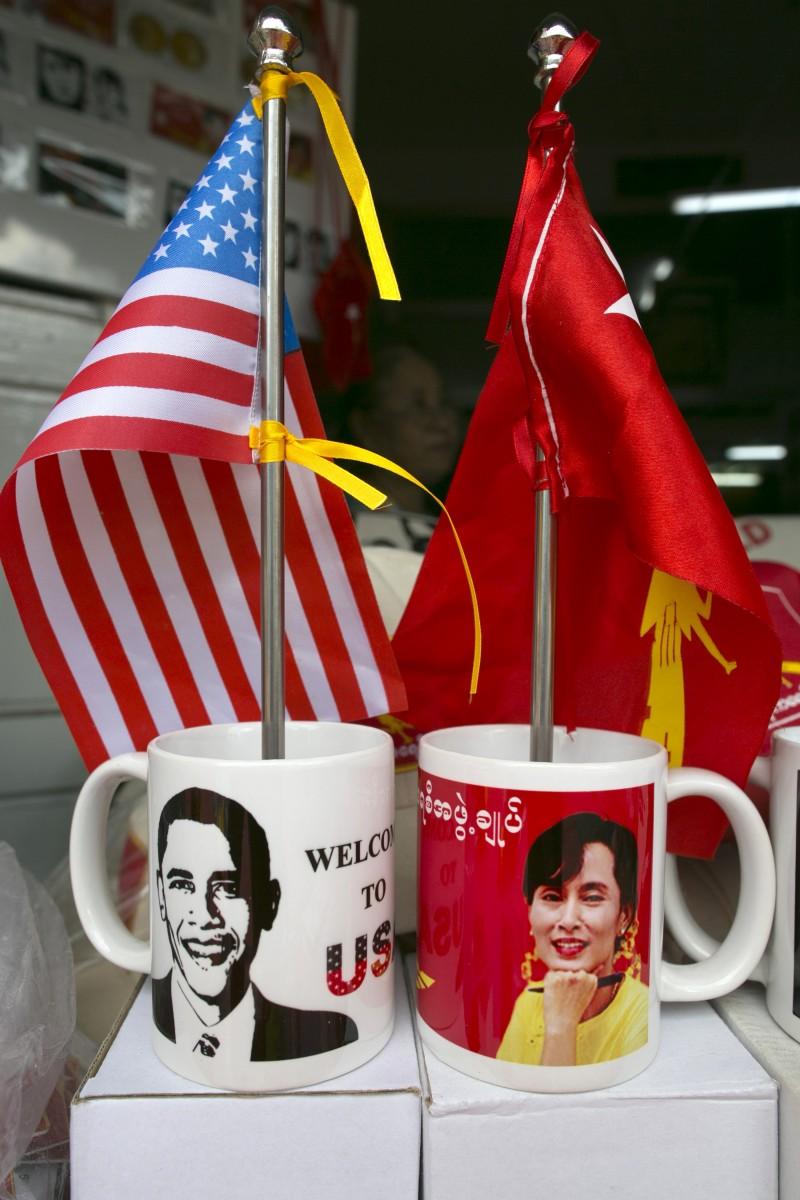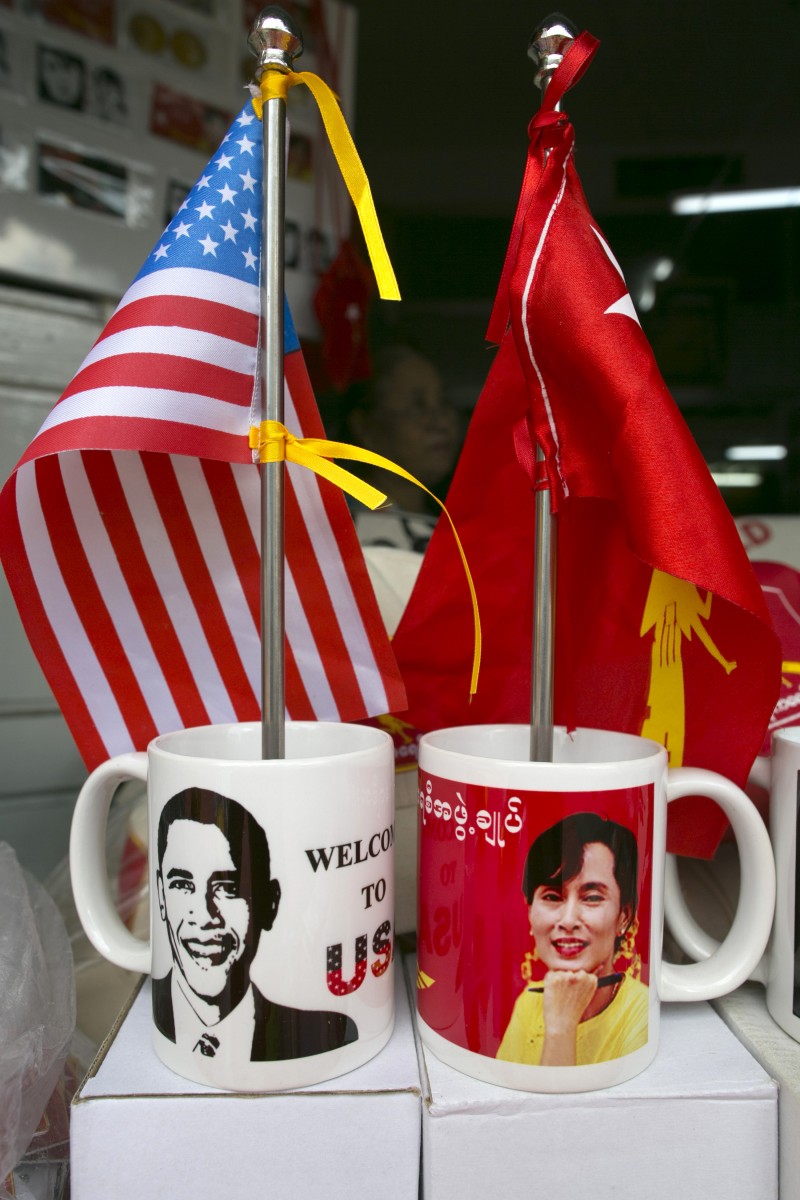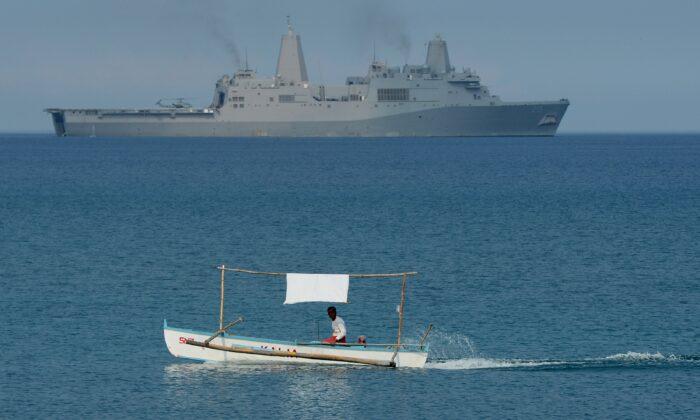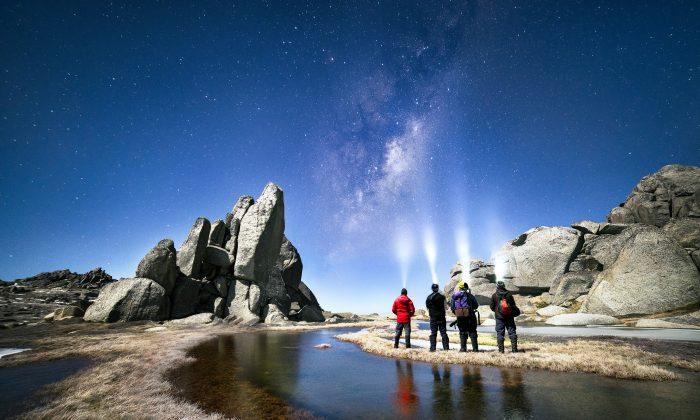WASHINGTON—President Barack Obama will set off this weekend on his first trip abroad since being re-elected. The trip through Thailand, Burma, and Cambodia, highlights the strategic importance his administration places on the region.
“It sends a powerful signal, as it was in his first term, that the Asia Pacific will continue to be a strategic priority,” said national security adviser Tom Donilon at a Center for Strategic and International Studies (CSIS) forum in Washington, D.C., Thursday.
The United States plans to position 60 percent of its naval fleet in the region stretching from Southeast Asia to Oceania by 2020. The move will secure commercial ventures and free navigation in the region, Donilon said. It is also a priority of the United States to foster democracy in the region, he said.
Obama will visit Burma, (also known as Myanmar), to support its path to democratic reform after 30 years of oppressive military rule. The country has taken steps toward democracy. Nobel laureate and opposition leader Aung San Suu Kyi now has a seat in Parliament.
Obama will hold meetings with Burmese leaders, including President Thein Sein and Aung San Suu Kyi, and deliver a speech to the nation. He will be the first U.S. President to visit the country.
Some critics say it is too soon—that more needs to be done to ensure the trajectory of the nation’s democratic reform. But Donilon said Obama believes engagement is the best way to encourage Burmese authorities along the path of democracy.
“We are not going to miss this moment in terms of our opportunity to push this [reform] along,” Donilon said.
The president will urge the unconditional release of political prisoners and an end to ethnic conflicts.
“One of the key messages that the president will bring is that … success will depend on the engagement and empowerment of the people of Burma,” Donilon said.
The president’s visit to Thailand aims to energize a diplomatic relationship that extends back to the 19th century. He will meet with Prime Minister Yingluck Shinawatra, the younger sister of former leader Thaksin Shinawatra. Thaksin Shinawatra was ousted in a 2006 coup and remains in exile.
Obama’s last stop will be Cambodia; it will be the first time a U.S. president has visited the nation. There are few democratic reforms to celebrate in Cambodia; Human Rights Watch described the country’s human rights record as “poor.”
The president will, however, attend an important regional meeting in the Cambodian capital of Phnom Penh.
The East Asia Summit (EAS) is a gathering of several powers in the region: 10 members of the Association of Southeast Asian Nations (ASEAN), as well as representatives from China, Japan, Korea, India, Australia, and New Zealand.
Obama attended EAS as an observer last year, but will participate as a leader at this year’s summit. Donilon said the EAS could become “the premier forum in the region for dealing with security and political issues.”
The Epoch Times publishes in 35 countries and in 19 languages. Subscribe to our e-newsletter.






Friends Read Free